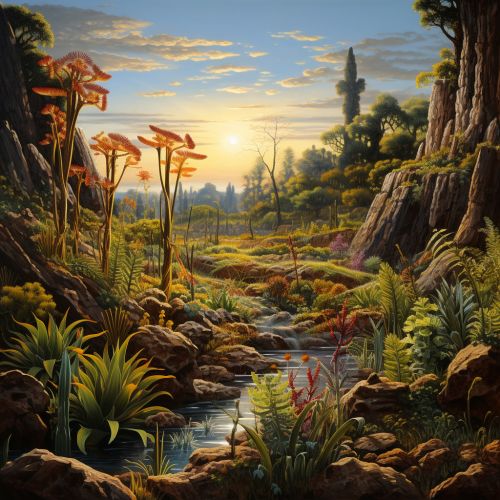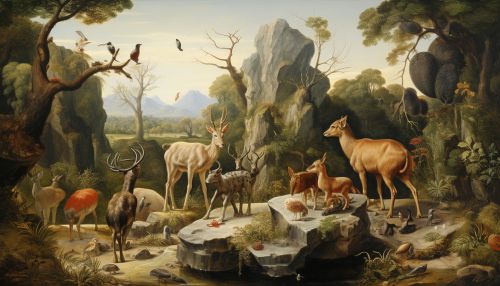Evolution of insects
Origins and early evolution
Insects, as a group, first appeared in the fossil record in the Silurian period, around 430 million years ago. The earliest insects, like Rhyniognatha hirsti, possessed traits that could have enabled them to fly, suggesting that flight may have been 'invented' earlier than traditionally thought. The first insects were likely terrestrial, evolving from a group of crustaceans known as the mandibulates.


Evolution of flight
The evolution of flight in insects has been a significant factor in their global success. Flight not only allows for greater mobility and a quick escape from predators, but also enables insects to exploit a variety of habitats and food sources. The exact mechanisms and stages of flight evolution are still a subject of ongoing research, but it is generally agreed that the wings of insects evolved from pre-existing structures, possibly gill-like appendages.
Radiation and diversification
The Carboniferous and Permian periods saw a massive diversification and radiation of insect life, often referred to as the Carboniferous Rainforest Collapse. This event led to the evolution of a multitude of new insect orders and families, many of which are still present today. The end of the Permian period, however, was marked by a mass extinction event that wiped out many insect groups.
Insects in the Mesozoic era
The Mesozoic era, often referred to as the 'Age of Reptiles', was also a time of significant insect evolution. This era saw the first appearance of many modern insect orders. For example, the first beetles (order Coleoptera) appeared in the Early Jurassic, while the first butterflies and moths (order Lepidoptera) appeared in the Early Cretaceous.


Insects and flowering plants
The evolution of flowering plants (angiosperms) in the Cretaceous period had a profound impact on insect evolution. Many insects evolved complex relationships with these new plants, leading to a co-evolutionary process that has shaped both plant and insect diversity. For example, the evolution of nectar-feeding in many insect groups has been closely tied to the evolution of flowers.
Insects in the Cenozoic era
The Cenozoic era, the 'Age of Mammals', has seen further insect diversification. Many of the insect groups that are most familiar to us today, such as ants (family Formicidae), bees (family Apidae), and flies (order Diptera), evolved during this time. The Cenozoic has also seen the evolution of many insect-plant and insect-animal relationships, including parasitism, mutualism, and predation.


Modern insects
Today, insects are the most diverse group of organisms on Earth, with over a million described species and many more yet to be discovered. They inhabit nearly every terrestrial and freshwater habitat, and play crucial roles in ecosystems as pollinators, decomposers, and as a food source for other animals.
